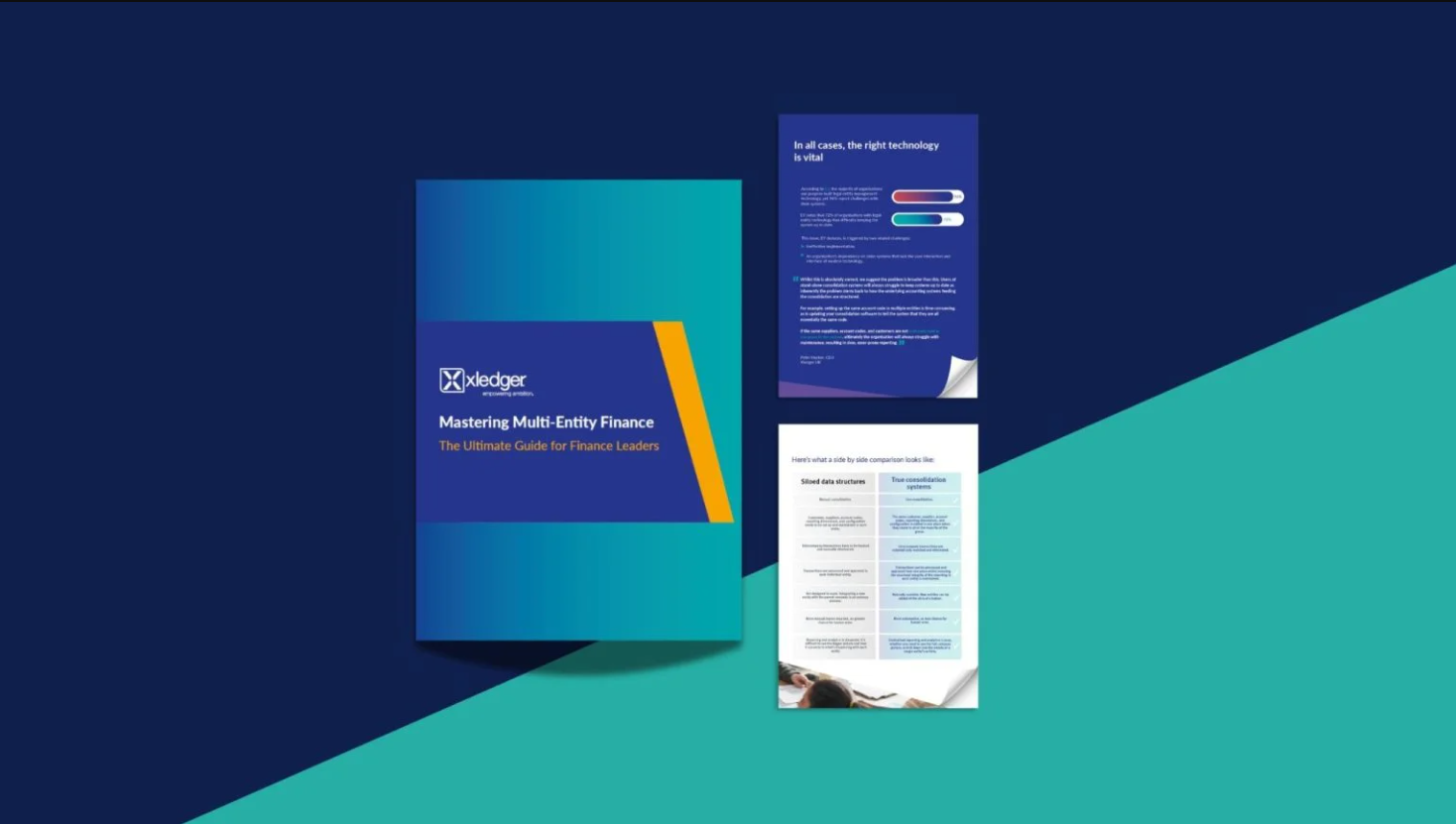What is holding care home organisations back?
As a care group grows in complexity, so do its consolidation and reporting needs. Each location may have its bookkeepers who perform finance tasks and balance accounts, but without robust reporting tools, the group can struggle to consolidate data across all locations, individually and as a whole.
As the years pass, and each location becomes more entrenched in its unique income streams, invoicing, and care management workflows, it becomes increasingly difficult to access central, unified data at the group level.
Eventually, the group becomes highly complex, consisting of several entities, but without a unified finance system that provides access to consolidated reports about each entity and the group as a whole. At this point, the group is often inundated with the following headaches:
- Inaccurate, outdated, and duplicated data
- Various disconnected on-premise systems that are spread across locations
- Offline spreadsheets that limit visibility and slow data reconciliation
- Lengthy closing periods that end with inaccurate, outdated reports
- Lack of cost control and financial oversight of the whole group and of single entities
- Inability to gain group funding as a result of uninformed financial decision-making
It’s no surprise that with such obstacles, Care Home found that 39% of organisations in the private adult care sector closed in 2024, only a 1% decrease from 2023. [2] Despite more care home organisations adopting digital recording, these figures show care home organisations are not optimising their digital recording systems to provide real-time oversight into costs, budgets, and financial risk.







